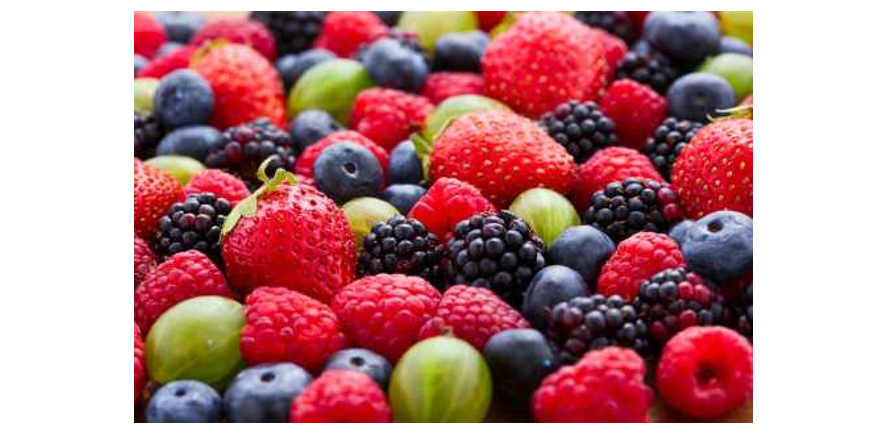What are Polyphenols?
Polyphenolic compounds, containing multiple phenolic groups, are chemical substances found in plants. In the whole plant kingdom, there are more than 6,500 kinds of polyphenols or phenolic compounds and their derivatives. Polyphenol compounds can be excellent antioxidant resources. They are secondary by-products of plant metabolism and are found in many common fruits and vegetables, which are the sources of the largest amount of antioxidants that people consume in their food every day.
A large number of studies have confirmed the positive impact of plant polyphenols on many aspects, such as anti-oxidation, anti-mutagenic, anti-tumor, anti-virus, anti-microbial, slowing down osteoporosis, strengthening teeth, and lowering blood fat and blood sugar. It is widely used in pharmacy, biochemical, daily chemical, food, and fine chemical industry. But to use them, these polyphenols need to be extracted from natural substrates first, then analyzed and characterized.
Extraction Method of Polyphenols
There are various methods to extract polyphenols. Here are four common ones: solvent extraction, biological enzymatic extraction, microwave-assisted extraction, and ultrasonic-assisted extraction.
- Solvent extraction
Organic solvent extraction is the most used extraction method. Different substances have different solubilities in different solvents. According to the principle of "similar compatibility", the target substance is separated under certain conditions. The extraction outcome using this method is related to many factors such as solvent polarity, solvent pH, extraction temperature, solvent volume, surface area in contact with the sample, and extraction times. Commonly used solvents are ethanol, methanol, petroleum ether, acetone and so on.
- Enzyme assisted extraction
Enzymolysis can selectively destroy plant cell walls, thus making the components in plant cells more easily dissolved and diffused. The advantage of this method lies in the high leaching rate of the components, the reduction of the degradation of heat-sensitive components and the low cost.
- Microwave-assisted extraction (MAE)
Microwave is a kind of electromagnetic wave that spreads outward in the form of waves. It can penetrate biology and water and other polar molecules to generate heat. The emergence of microwave-assisted extraction (PMAE) and solvent-free microwave-assisted extraction (SFMAE) methods enables the completion of multiple sample quantitative extractions within a few minutes, which improves reproducibility and reduces solvent consumption. In recent years, microwave-assisted extraction technology has been widely used in the analysis and extraction of biochemistry, food processing, industrial samples and environmental samples.
- Ultrasound-assisted extraction (UAE)
The enhanced power of ultrasonic-assisted extraction comes from the cavitation, which causes perturbation effects, turbulence effects, energy gathering effects and interface effects. Compared with the solvent extraction method, UAE has the advantages of shorter time, higher extraction rate, lower cost, lower pollution, simpler and more convenient operation.
Analysis Methods of Polyphenols
At present, the commonly used methods for detecting polyphenols include high performance liquid chromatography (HPLC) and nuclear magnetic resonance (NMR) spectroscopy.
- HPLC technology
High performance liquid chromatography is suitable for samples with different molecular composition in different solutions. Components with small molecular weights flow out from the column first, and components with larger molecular weights take longer to flow out. The detector uses the detected signal to display the data in the form of a spectrum.
- NMR spectroscopy technology
Different polyphenol compounds have different structures. NMR spectroscopy can be used to identify the structure of complex phenolic compounds isolated from different plant sources. The NMR spectra of phenolic compounds are usually complex, require reference compounds, and are relatively expensive. But this method has the advantages of time-efficient, simple operation, strong specificity and high reproducibility.
Creative Proteomics provides polyphenol analysis services, including the separation, characterization, identification and quantitative analysis of polyphenol compounds.
References:
1. Brglez Mojzer E, et al. Polyphenols: Extraction methods, antioxidative action, bioavailability and anticarcinogenic effects. Molecules, 2016, 21(7): 901.
2. Ajila C M, Brar S K, et al. Extraction and analysis of polyphenols: recent trends. Critical Reviews in Biotechnology, 2011, 31(3): 227-249.
